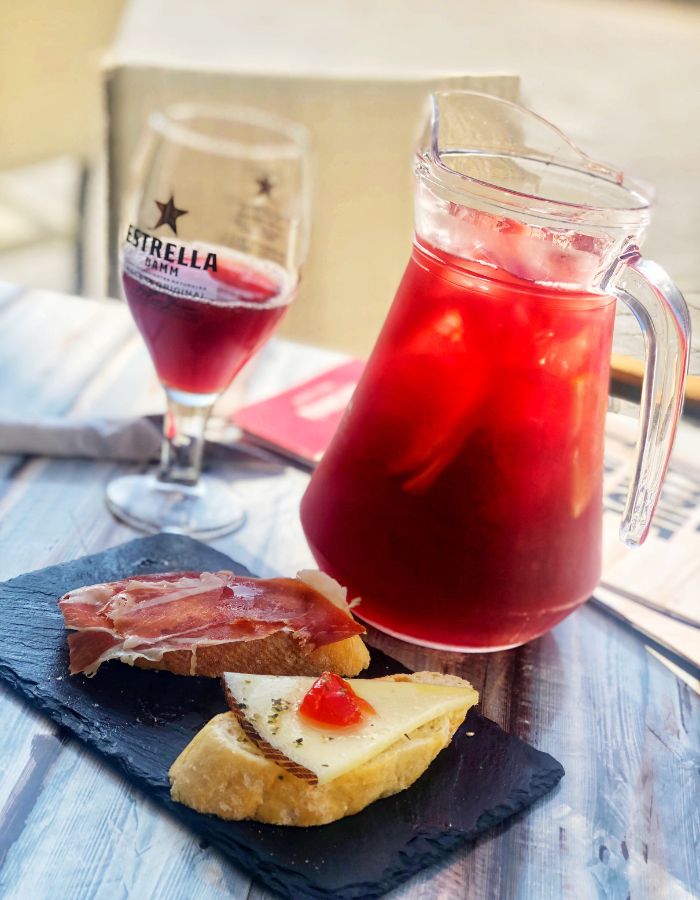7 Days in Spain: The Best of the Big Three
Some of the links in this post are affiliate links, which means that we may earn a small commission if you click on the link or make a purchase using the link, at no extra cost to you. By using the affiliate links, you are helping support us, and we genuinely appreciate your support.
This kid free trip was planned for my birthday a few years ago. We only had a week and wanted to venture to a new country and soak in as much as possible in one week, while avoiding an all-inclusive. Thus, 7 Days in Spain was created, and it did not disappoint! We visited the three major cities in Spain and travelled between each via train. To make the most of each day we highly recommend taking early morning trains between cities. This will give you nearly the entire day when you arrive. We hope this itinerary brings you as much joy as it did for us!
Day 1: Barcelona
Barcelona offers a captivating blend of history, culture, architecture, cuisine, and outdoor attractions, making it a must-visit destination for travellers from around the world. Barcelona’s history dates back over 2,000 years. It was founded as a Roman city, and its historical heritage is evident in its medieval buildings, Gothic Quarter, and Roman ruins. The city is a treasure trove of architectural marvels, with Antoni Gaudí’s masterpieces standing out prominently. The Sagrada Família, Park Güell, Casa Batlló, and Casa Milà (La Pedrera) are just a few of his creations within Barcelona. The Gothic Quarter is also home to stunning Gothic architecture, including the Barcelona Cathedral.
Getting There
By Train:
- Barcelona Sants Station is where regional and international trains arrive. The city center can be accessed from here via metro in approximately 15 minutes. We used Omio to book and manage all our train tickets and found it incredibly easy to use.
Flying in:
- Josep Tarradellas Barcelona-El Prat Airport, is the 6th busiest airport in Europe. The city center is easily accessible in approximately 30 minutes.
Transfer from the Airport:
- The Aerobus (€9.75) will take 35 minutes, conveniently departing every 5 minutes
- Even more economical is the train (€5,50) which departs from T2 Terminal. If you arrived in T1 Terminal, you can take a free shuttle to T2 Terminal. Train time to City Centre is 30 min.
- Taxi can be found just outside the terminal and fares are minimum of €20 to the city centre.
- Uber and Private Car Services are also available and are typically a 30 minute drive to the city centre.
La Rambla
La Rambla is one of the most famous streets in Barcelona, renowned for its vibrant atmosphere and diverse attractions. This iconic boulevard stretches for about 1.2 kilometers (0.75 miles) from Plaça de Catalunya, a bustling square at its northern end, to the Christopher Columbus Monument at Port Vell in the south. This is a great place to start exploring Barcelona due to it’s central location and proximity to the Gothic Quarter.
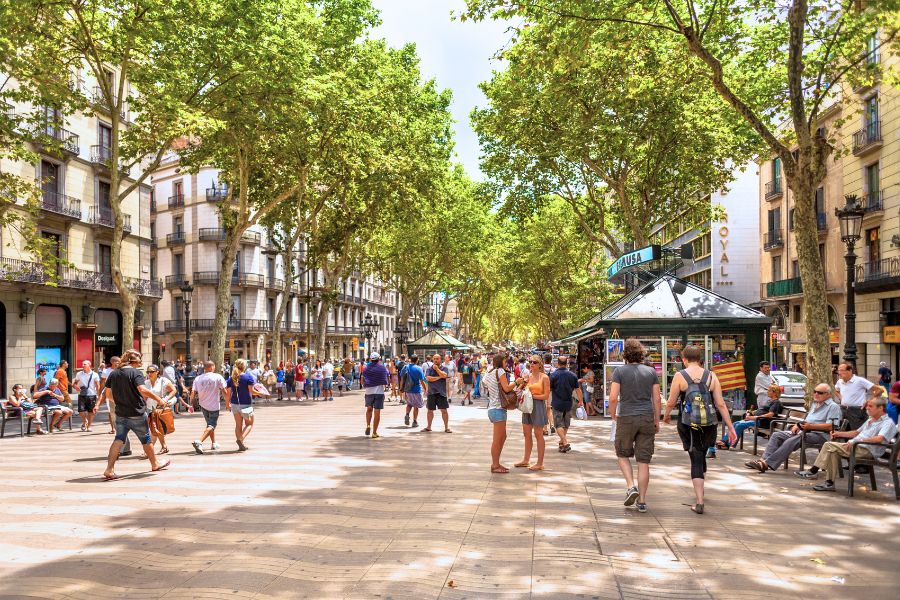
Mercado de la Boqueria
Don’t miss a stroll through La Boqueria located in the middle of La Rambla. This bustling market is lined with over 200 stalls selling fruit, vegetables, meats and cheeses, plus a wide variety of tapas and sweet treats. There is something for everyone! Bring cash as many of the stalls do not accept cards. For more information and to check out a list of vendors visit www.boqueria.barcelona.com
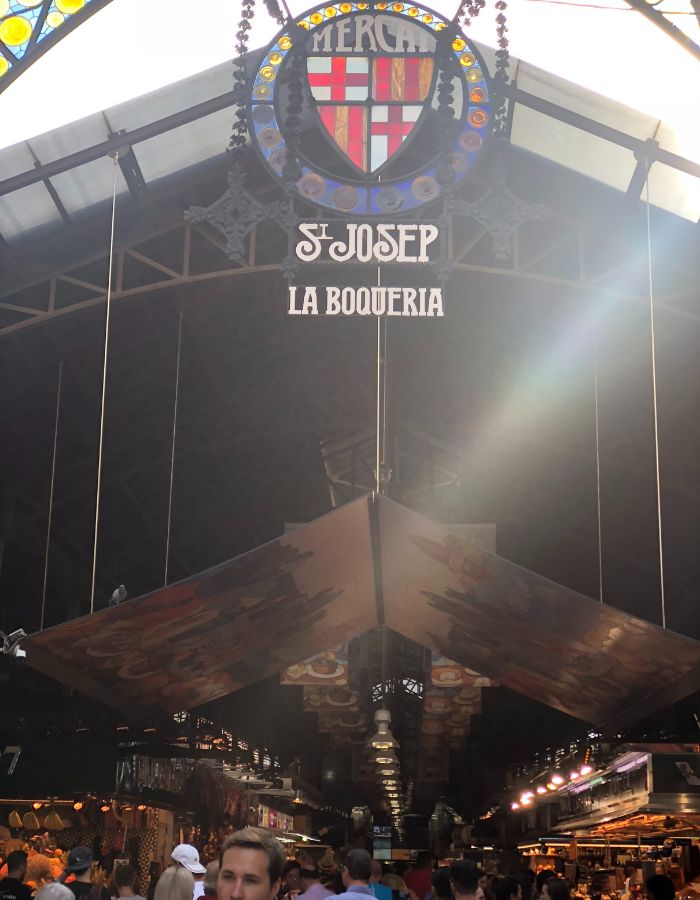
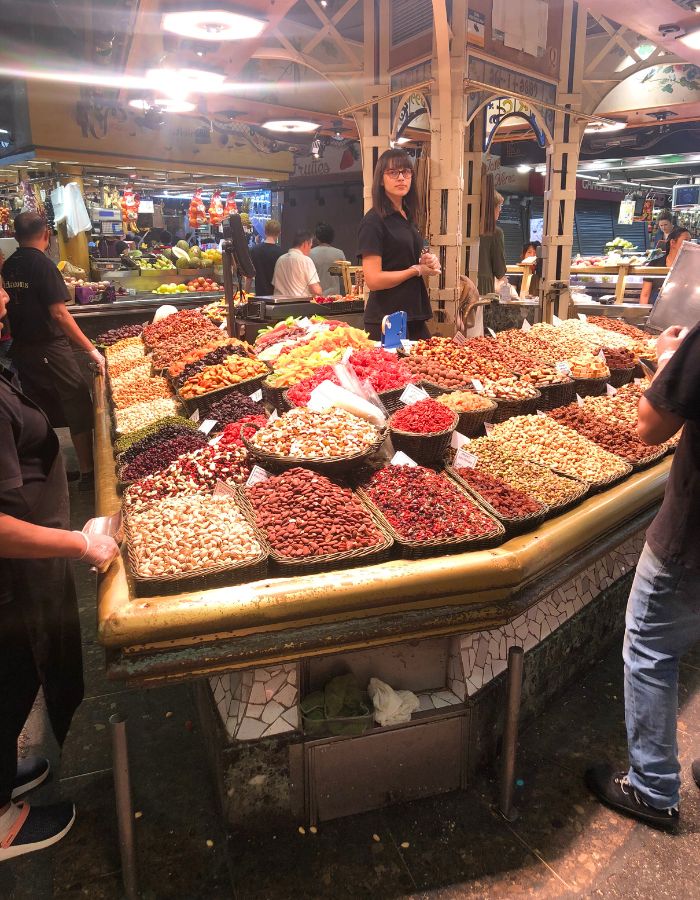
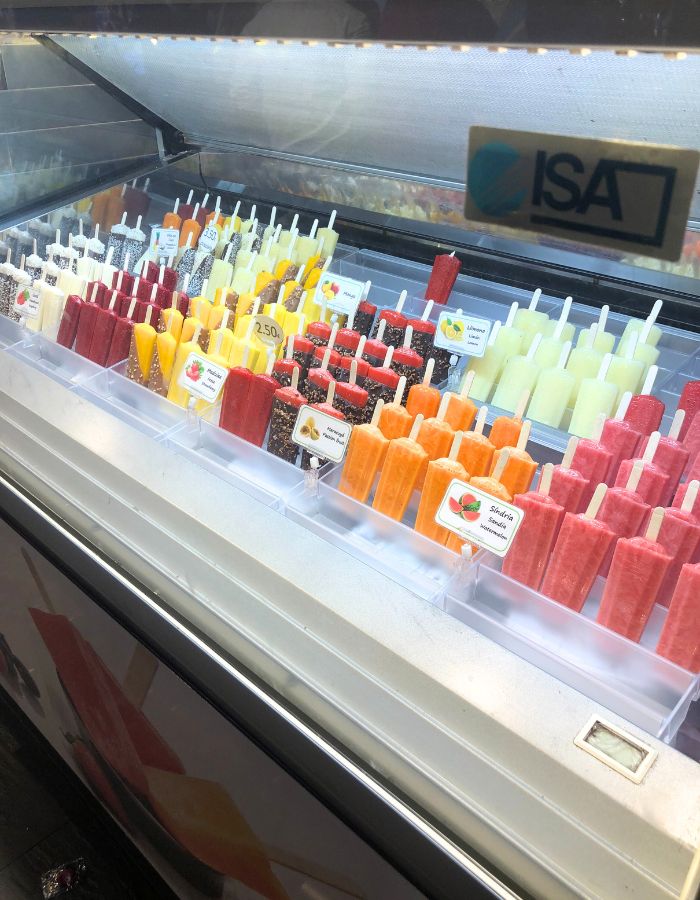
Explore the Gothic Quarter
Step off La Rambla and into Barcelona’s historic Gothic Quarter. This is the oldest part of Barcelona with it’s origins tracing back to the Romans in the 1st century BCE. Rich with architectural heritage beyond Roman times to include Gothic, Renaissance, and Modernist periods, the Gothic Quarter is symbolic of Barcelona’s own identity.
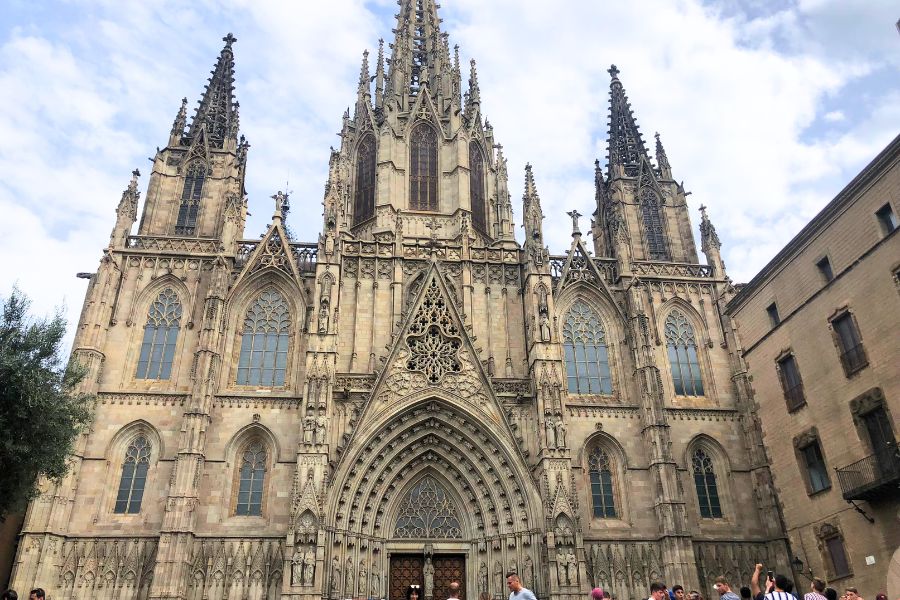
The Barcelona Cathedral (Cathedral of the Holy Cross and Saint Eulalia) is in the heart of the Gothic Quarter and draws visitors in with it’s stunning beauty.
Visit the Picasso Museum
The Picasso Museum is home to over 4,000 pieces spanning the life of Pablo Picasso. Audio guides and guided tours are available to enhance the visitor experience and provide insights into Picasso’s work and legacy as one of the 20th century’s most influential artists.
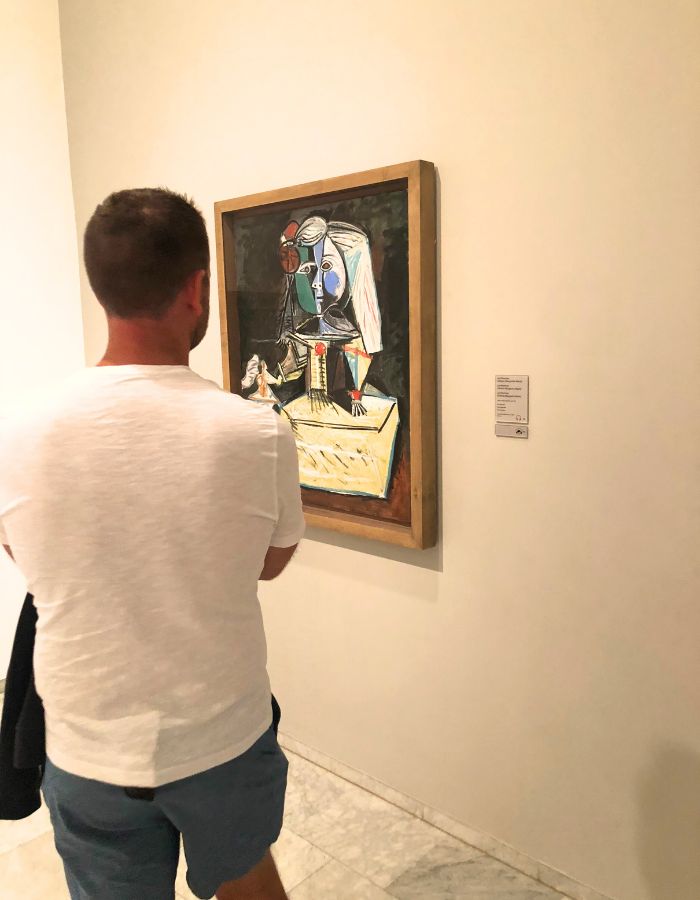
Take in a Flamenco Show
For the evening, take in a Flamenco performance near La Rambla. Flamenco is a very emotional style of dance that originated in Southern Spain. It incorporates guitar, singing, castanets, clapping and the stomping of feet. It is a delight to watch this passionate display and will certainly complement a visit to this vibrant city. We recommend the dinner and show at Tablao Flamenco Cordobes.
Plaça Reial
Cap your evening off with a stroll through Plaça Reial, or Plaza Real, a charming and vibrant square that encapsulates the essence of Barcelona’s cultural and architectural heritage. Relax in one of the many restaurants that line the perimeter and be entertained by street performers while you indulge in some late night sangria and paella. Churros dipped in chocolate for dessert is a must try!
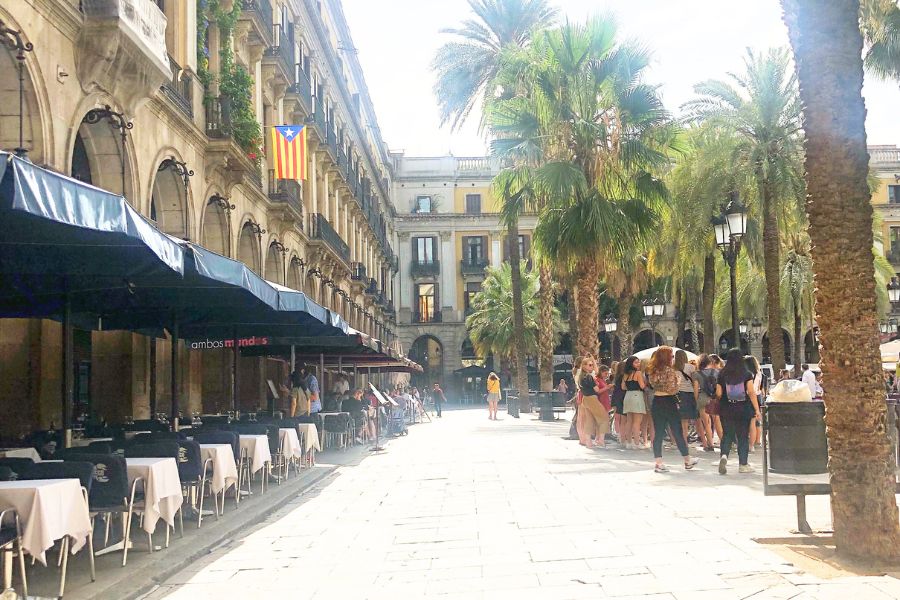
Day 2: Barcelona
Take a Gaudi Walking Tour
Antoni Gaudí is one of the most influential figures in the history of Barcelona, and his significance to the city cannot be overstated. You can’t get very far in Barcelona without encountering Gaudi, whether you know it or not.
We chose With Locals and had a private walking tour that took us to Palau Güell, Casa Battló, Casa Milà and ended at the Sagrada Familia. It did not include entry to the cathedral but our tour guide Ellie walked us around the entire outside of the Sagrada Familia and explained the significance of each intricate facade. I would highly recommend this tour as Gaudi was such an influential presence in Barcelona.
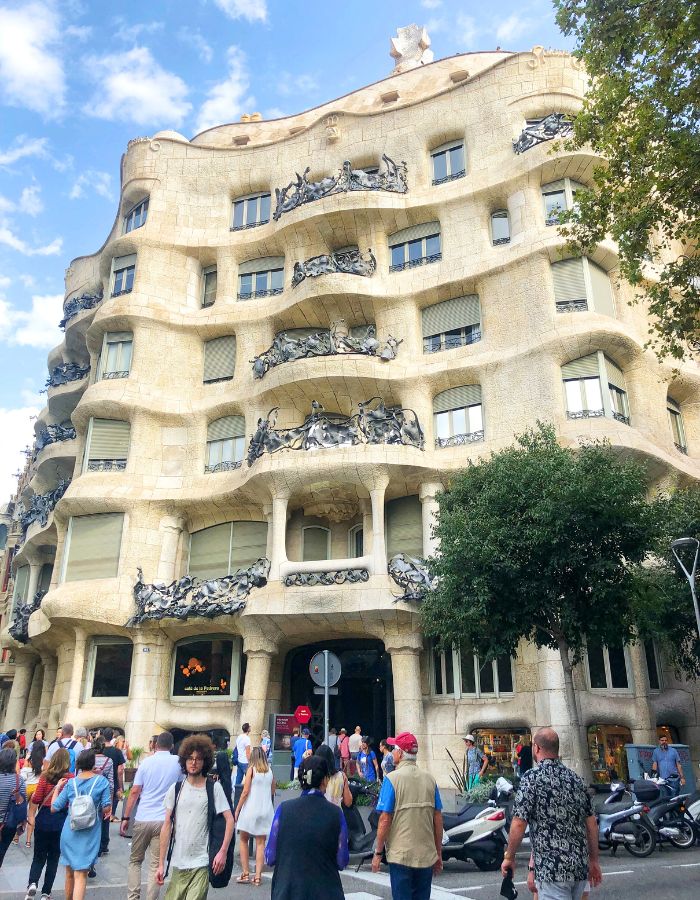
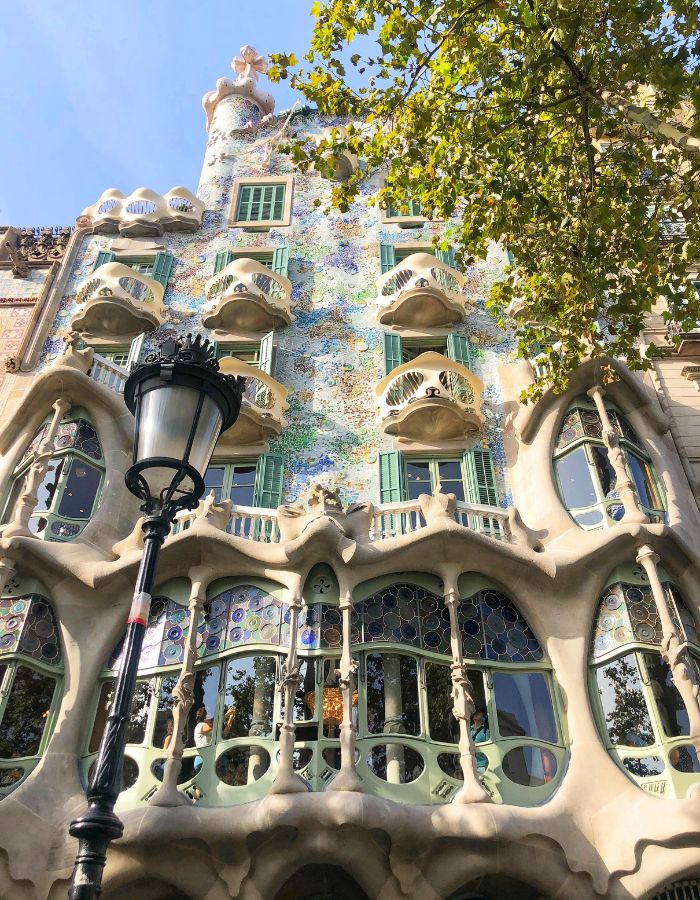
Sagrada Familia
Started in 1882, the construction still continues to this day and is expected to be completed in 2026 (144 years after the first stone was laid!). It is an exquisite blend of Gothic and Art Nouveau styles characterized by intricate facades, towering spires and colourful stained glass.
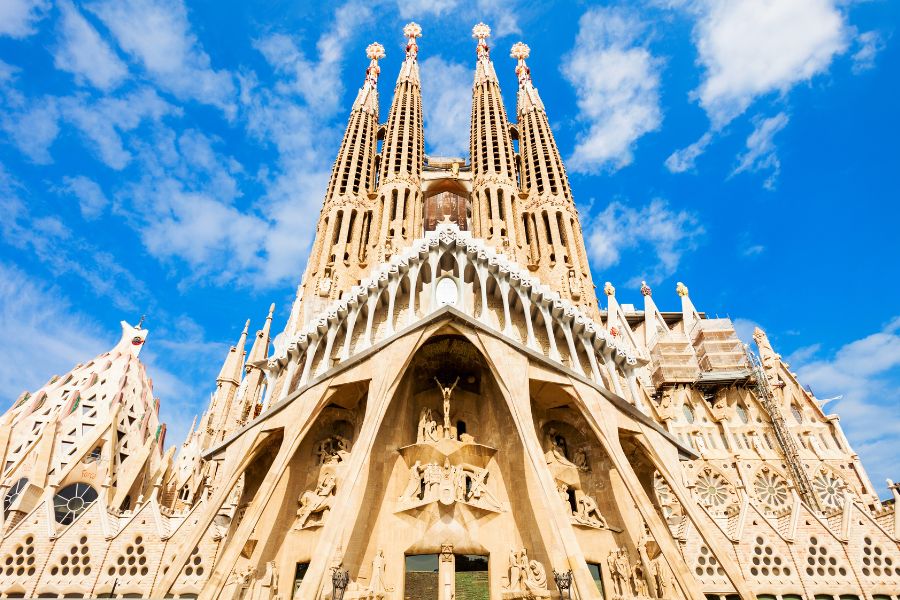
After marvelling at the outside of this unique cathedral be sure to take a visit inside for an unforgettable experience. It is unlike any cathedral we had been in before. The use of stained glass throughout the cathedral is extraordinary and bathes the interior in a mesmerizing kaleidoscope of light. A true representation of Gaudi’s innovative genius.
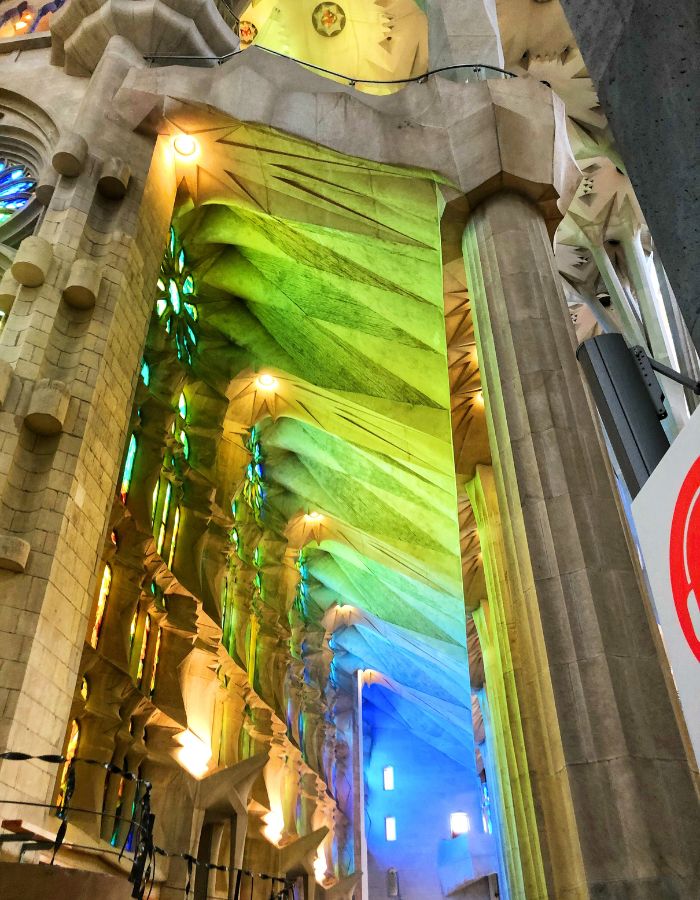
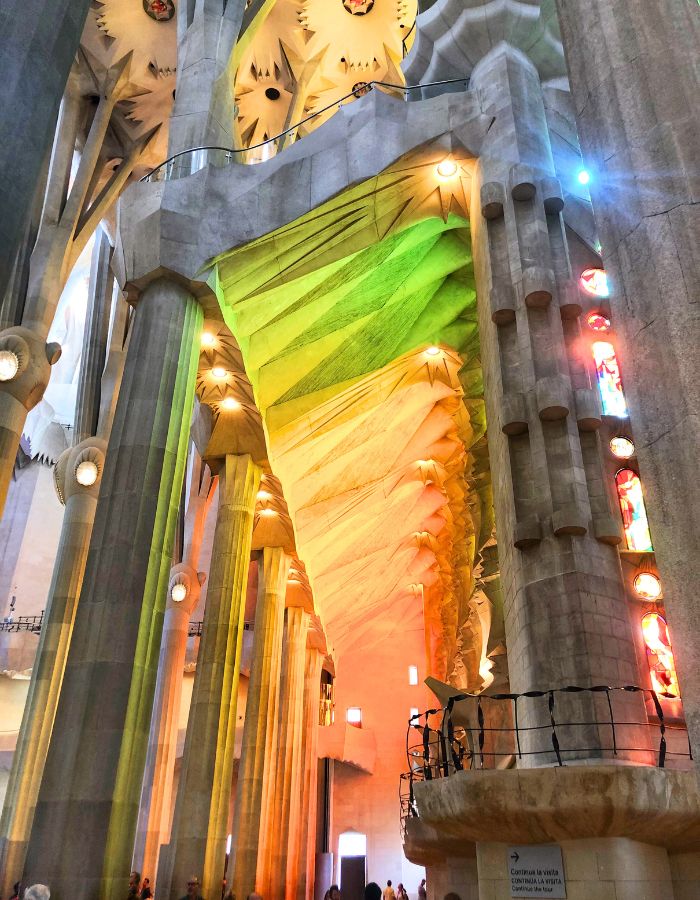
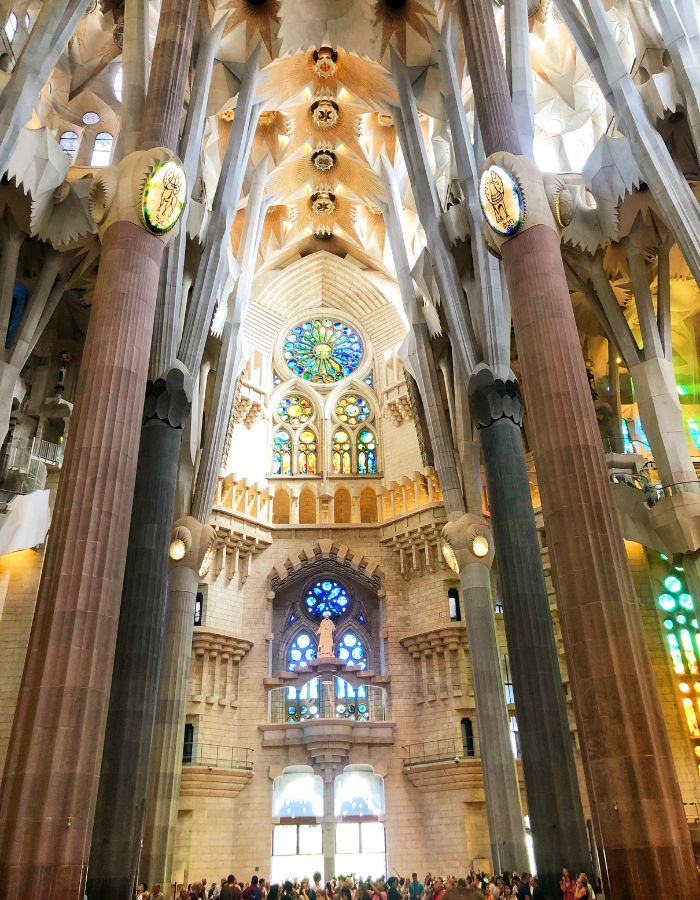
Parc Güell
Park Güell is a whimsical public park designed by Antoni Gaudí. This UNESCO World Heritage site nestled in the hills of Barcelona, covers 19 hectares and offers panoramic views of the city. The unique architectural style features colourful mosaic tiles, twisted columns and playful sculptures all inspired by nature. Don’t miss yet another stunning example of Gaudi’s brilliance and creativity.
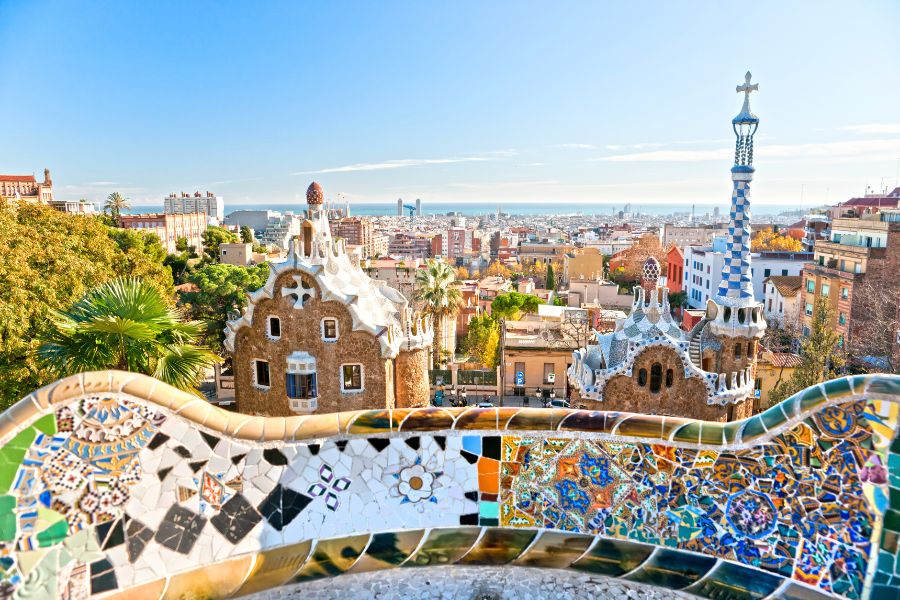
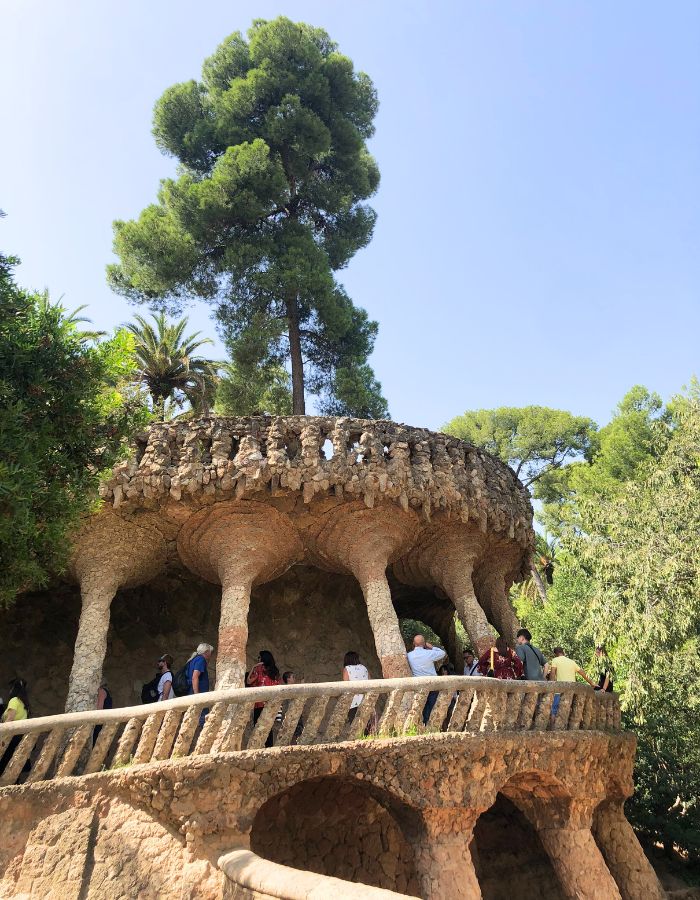
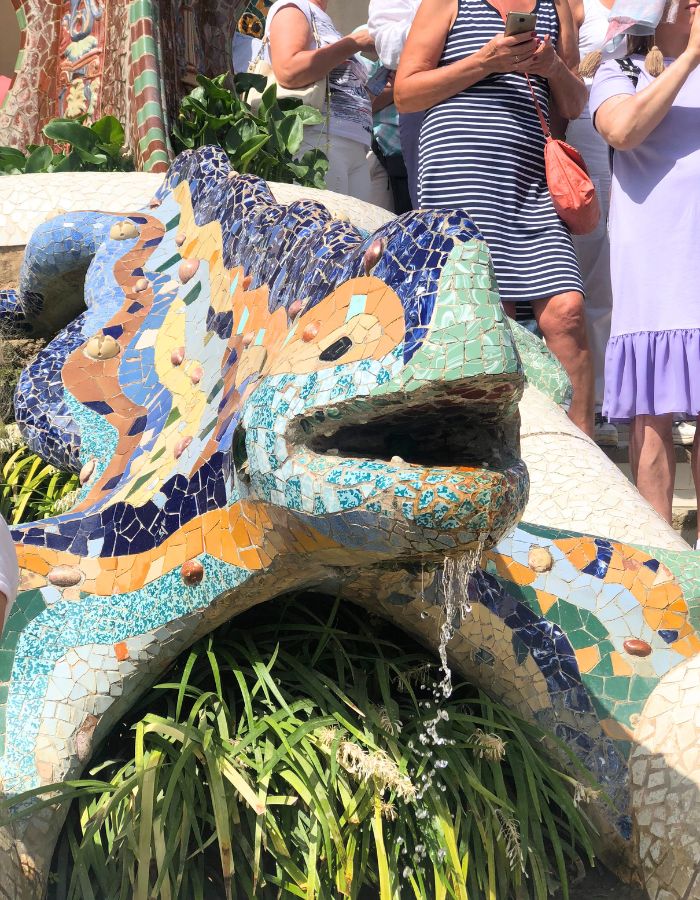
Camp Nou
Top the day off with a football match at Camp Nou! This iconic stadium is home to one of the most successful football clubs in the world, FC Barcelona or Barça. With seating for over 99,000, it stands as Europe’s largest stadium. The energy of 99,000 fans makes for an absolutely exhilarating experience and is worth watching a match even if you are just a casual fan! Camp Nou also offers immersive tours that allow visitors to explore the history, trophies, and culture that surrounds FC Barcelona.
Note: Camp Nou is currently under renovation which is expected to be complete in June 2026, increasing it’s capacity to 105,000! In the meantime, Barça will be playing their home games at Estadi Olímpic Lluís Companys (host stadium for the 1992 Summer Olympics).
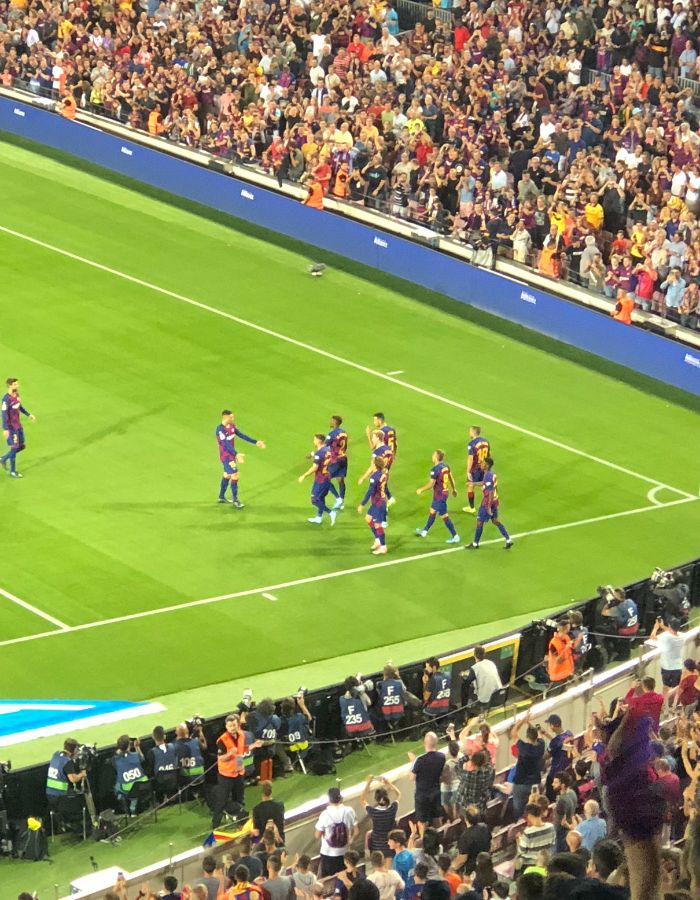
Day 3: Barcelona
Ride the Cable Car
Catch the Port Cable Car near Barceloneta Beach and take a short ride across the harbour. This is an attraction in itself as it offers exceptional views of the city as you travel over to Montjuic hill.
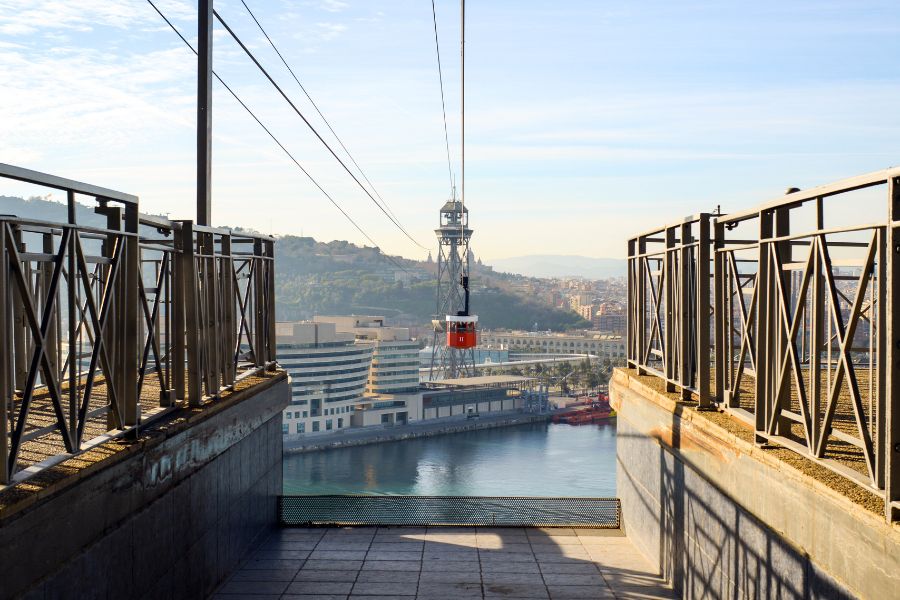
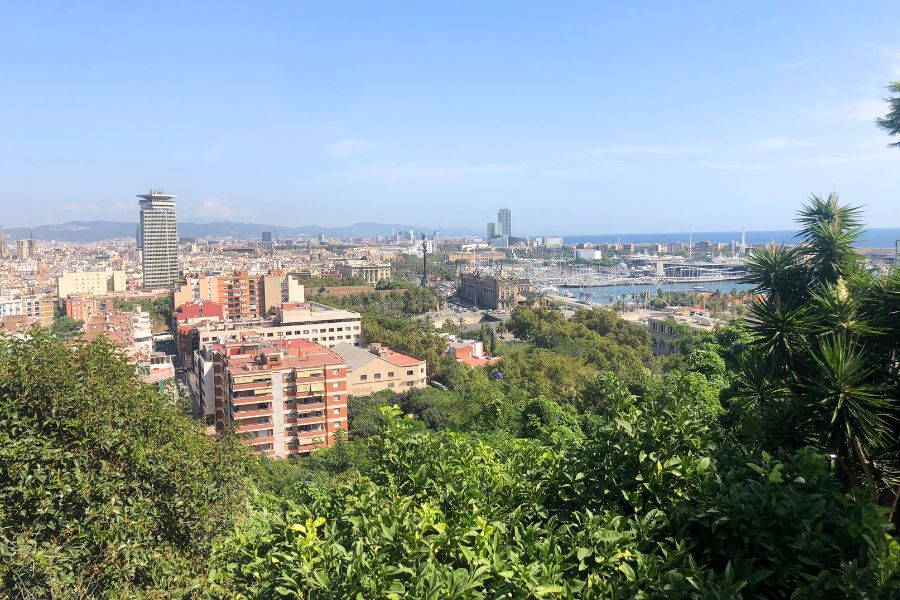
Montjuic Hill
Spend the morning exploring Montjuic hill, where you will find Montjuic Castle, a fortress built in the 17th century to defend Barcelona. Adjacent to the castle is a public park, Jardins de Joan Brossa, with stunning views of the city and the Mediterranean Sea.
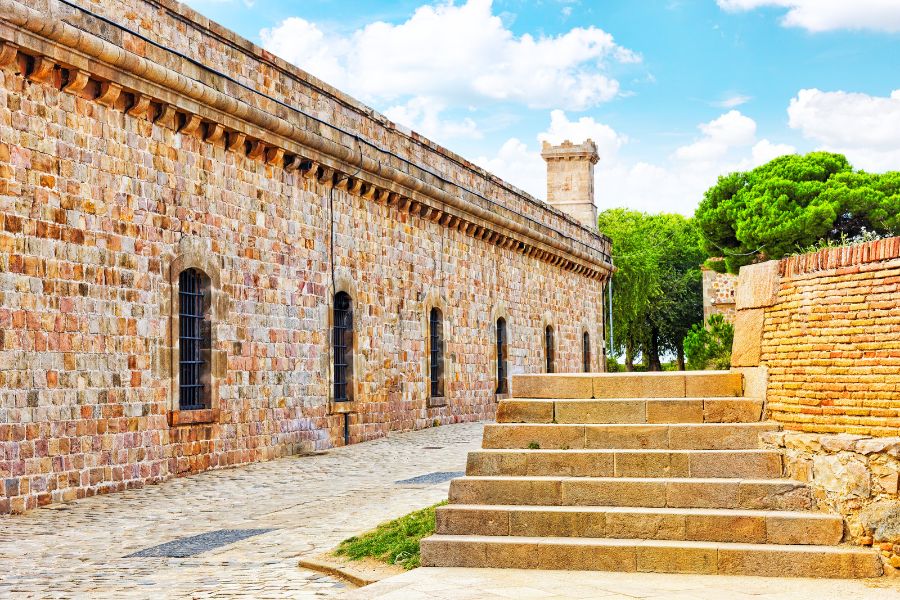
Finally, finish your time on Montjuic with a visit to the Olympic Park and Stadium where the 1992 Summer Olympics were held.
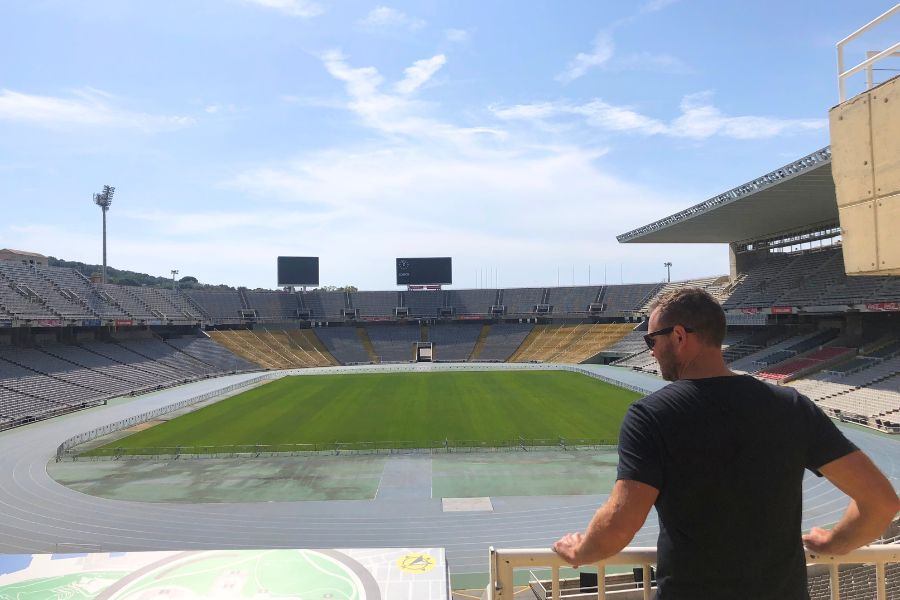
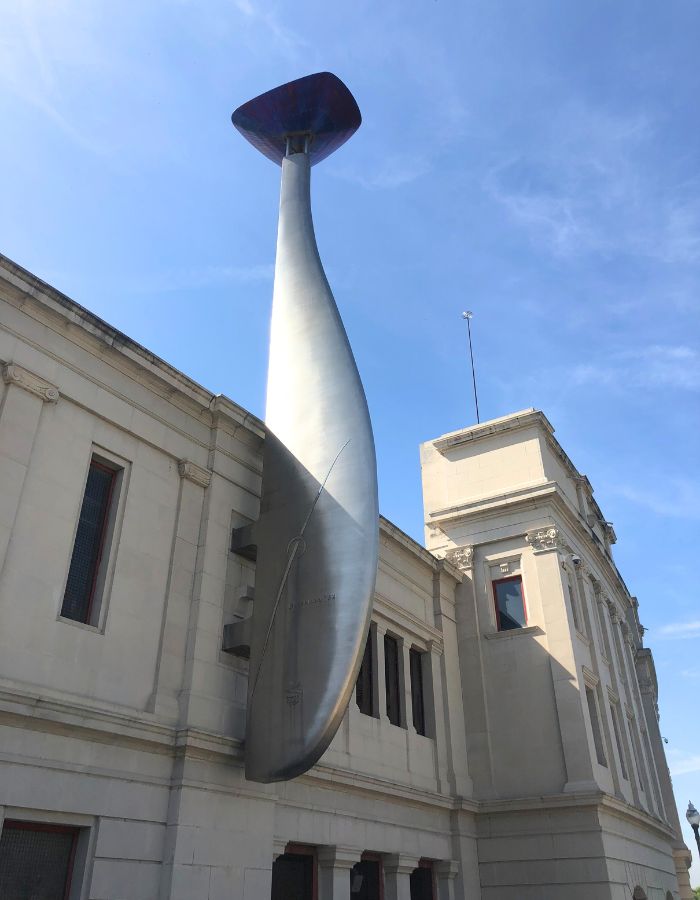
Barceloneta Beach
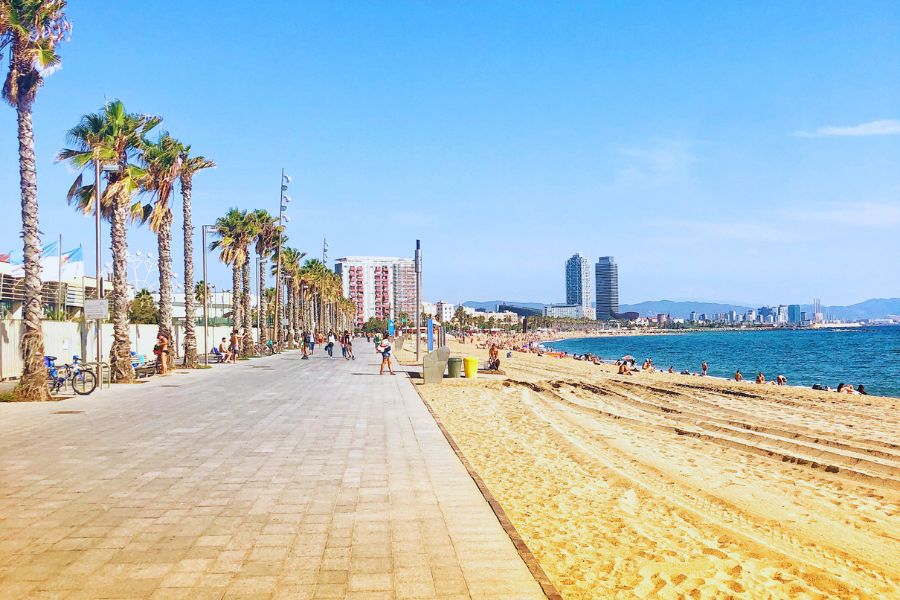
Take the cable car back down to Barceloneta. Spend the afternoon soaking in the Mediterranean sun on this beautiful stretch of urban beach. I highly recommend staying into the evening to enjoy tapas at one of the many beachside establishments. We visited in September and spent our entire last night enjoying the lively nightlife and even took in some carnival rides and a free concert!
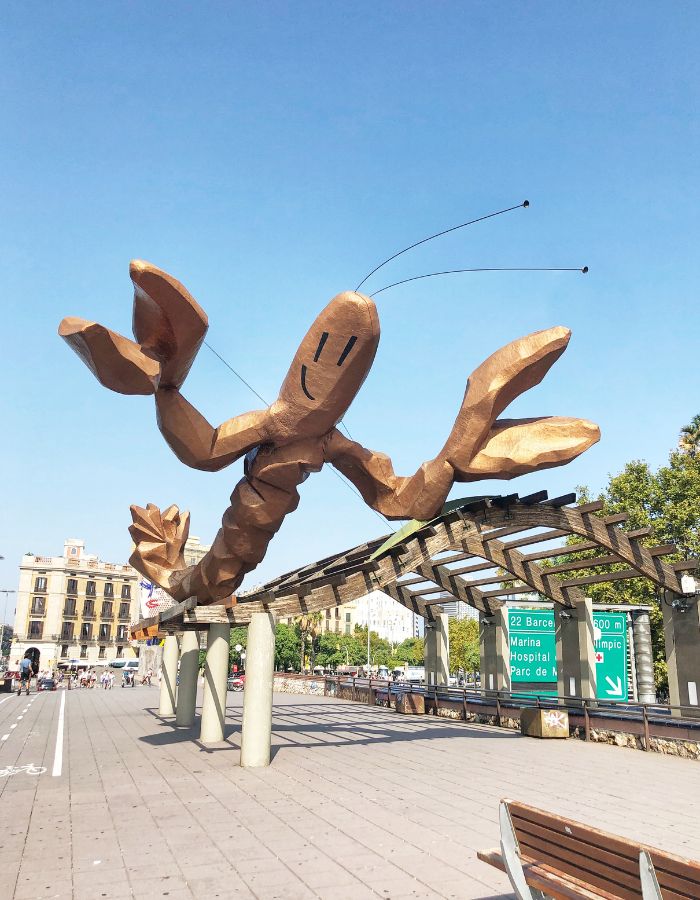
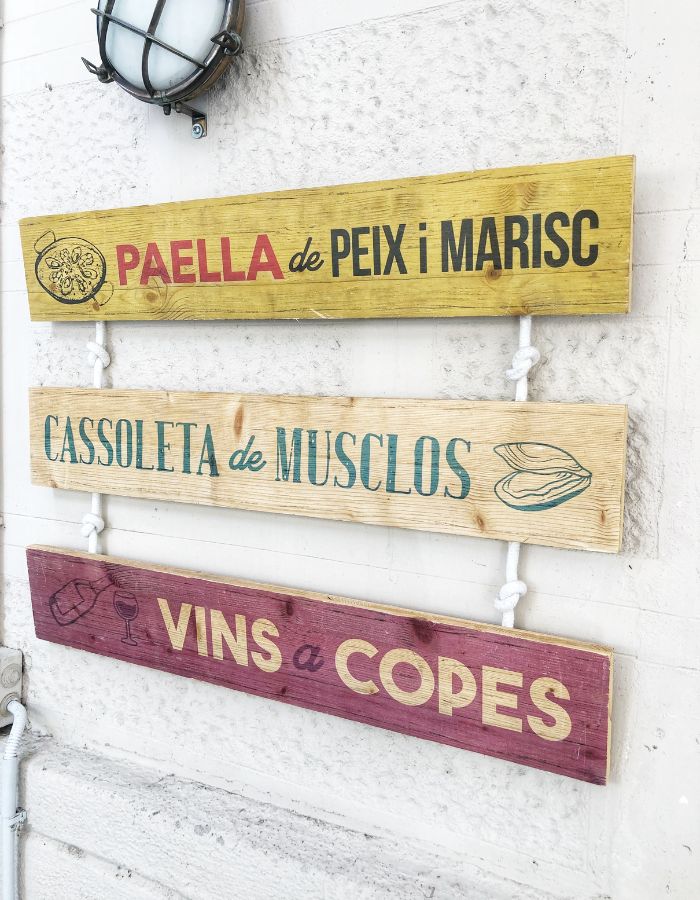
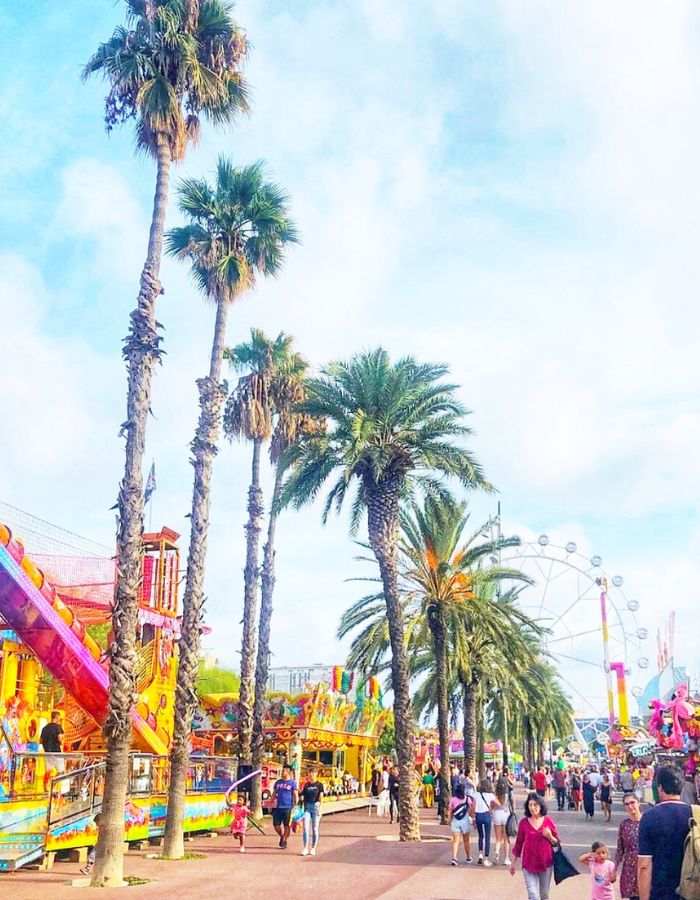
Day 4: Valencia
Valencia is a vibrant city where old meets new with its futuristic City of Arts and Sciences and medieval architecture like the iconic Valencia Cathedral. Typically Valencia has less crowds than its neighbours Madrid or Barcelona. It is also the birthplace of Paella! Oh, and it boasts an average of 300 sunny days a year!
Getting There
Train:
Train is the most economical and sustainable way to travel to Valencia from Barcelona. Both train stations are located in the center of each city making it a much more convenient choice than flying. Again we booked all our train tickets through Omio to keep it super simple and convenient. Serviced by multiple trains each day, the entire journey takes less than 3 hours. An early morning train will allow you the majority of the day to explore Valencia. Store your luggage in a locker at the train station if your accommodations are not available right away.
Serranos Towers
Start your day in Valencia Old Town. Serranos Towers stand as one of the 12 medieval gates that once formed part of the ancient city walls. Built in the 14th century, these towers served to protect Valencia and are now one of the city’s most iconic and well preserved landmarks, offering panoramic views of Valencia’s historic center.
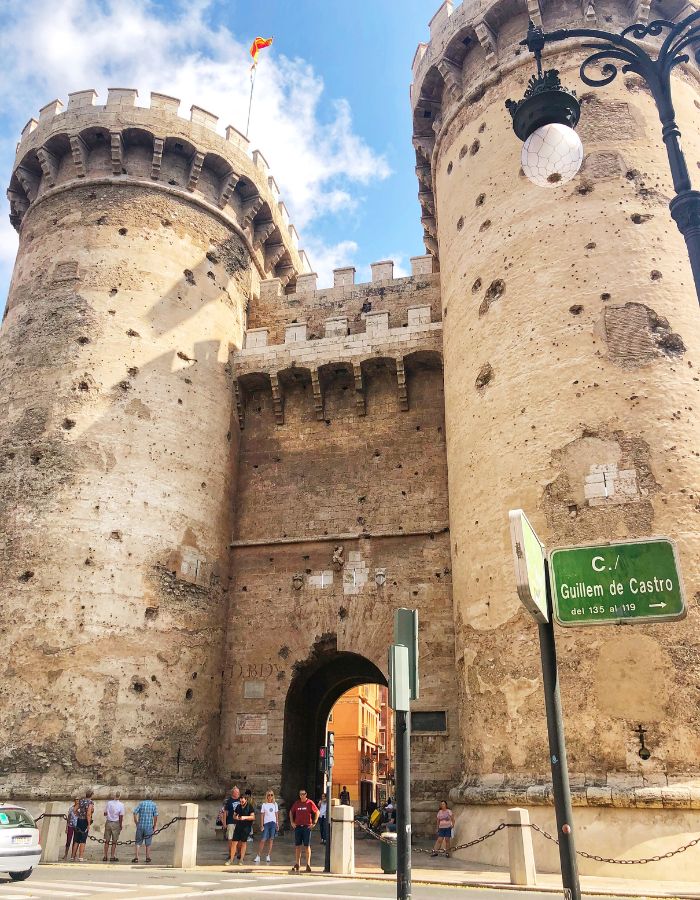
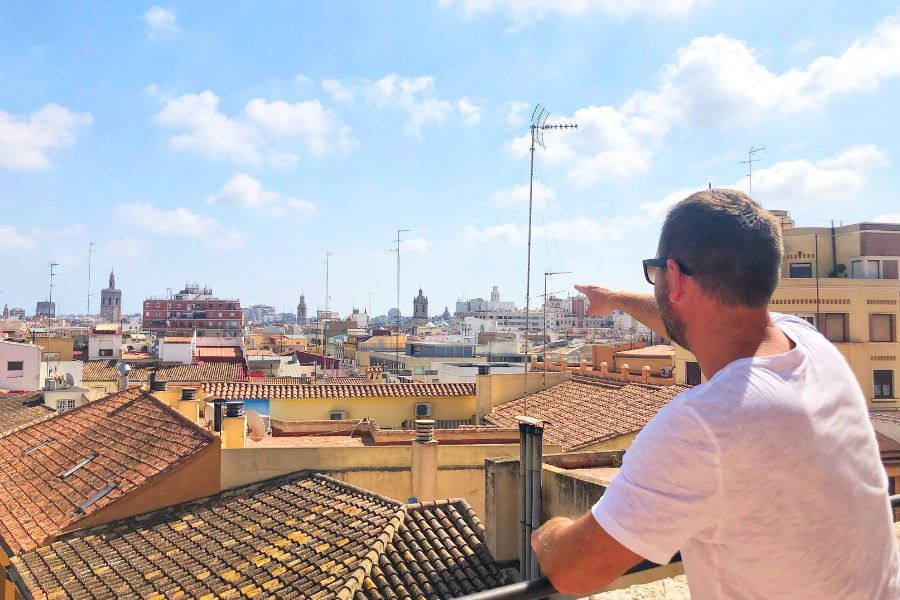
Valencia Cathedral
Built in the 13th century, Valencia Cathedral is a stunning Gothic masterpiece. Venture inside to see what is believed by some to be the Holy Grail, the cup used by Jesus Christ during the last supper.
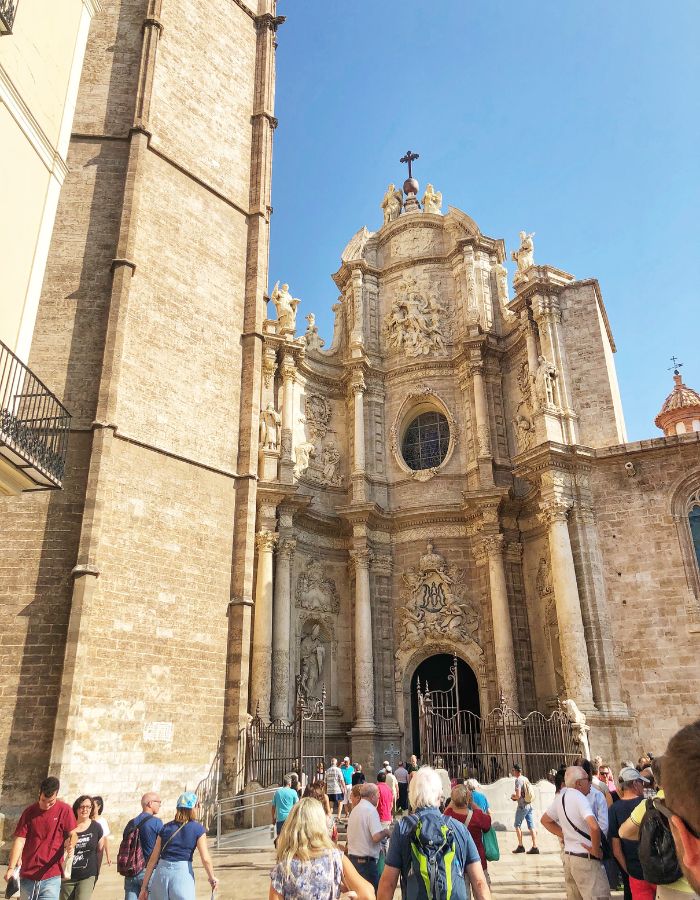
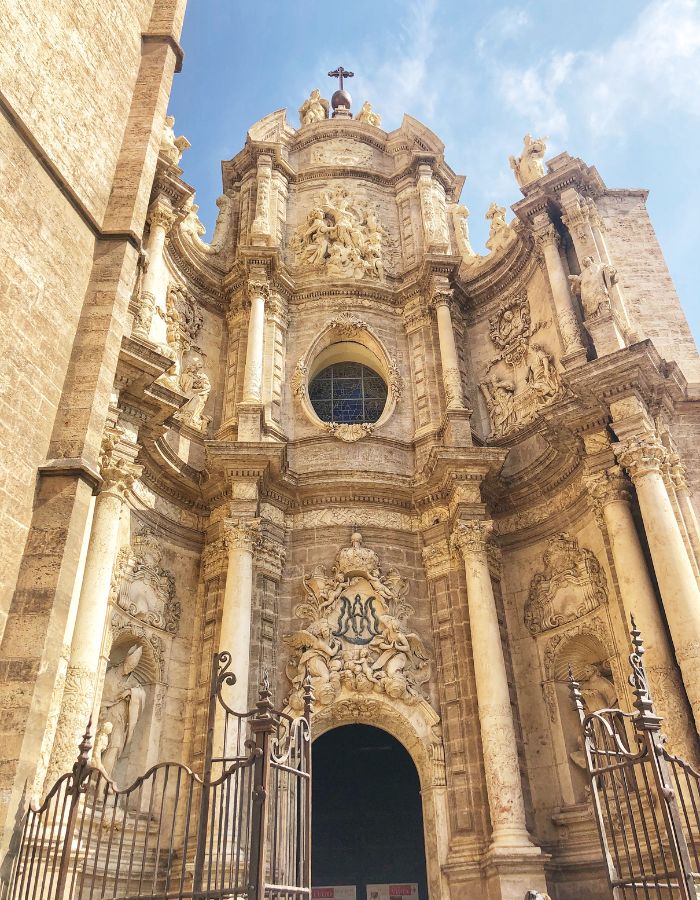
Mercat Central de Valencia
Mercat Central, built in 1928, is one of the largest markets in Europe and features the Valencian Art Nouveau style. Mix in with the locals and shop for fresh produce, cured meats and artisan cheeses. Or sip on an afternoon beverage while you people watch at one of the busy cafe’s outside. This market serves as a cultural hub and meeting spot for locals and tourists alike and is a welcome addition to any visit to Valencia. While in the market, try the candied Valencian Oranges, they were especially delicious!
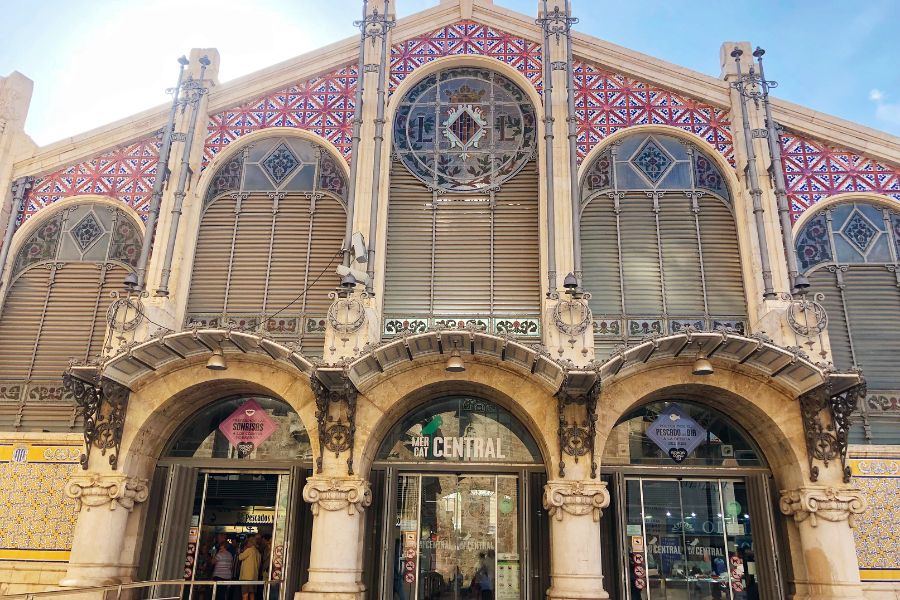
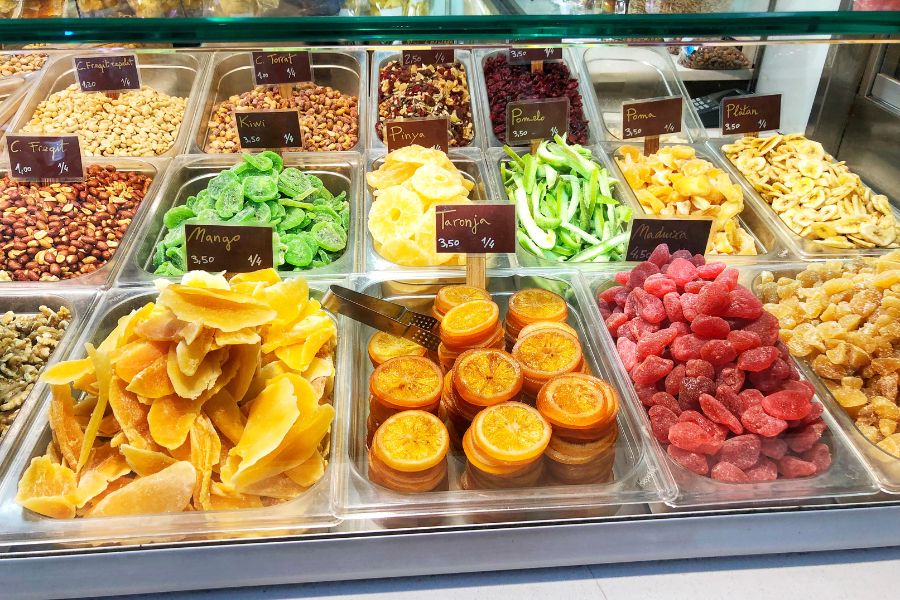
Dinner in Old Town
You will find many cafes and squares in the Old Town that you will want to stay for hours and take in the culture, architecture and food. Agua de Valencia is a nice treat after a day of exploring!
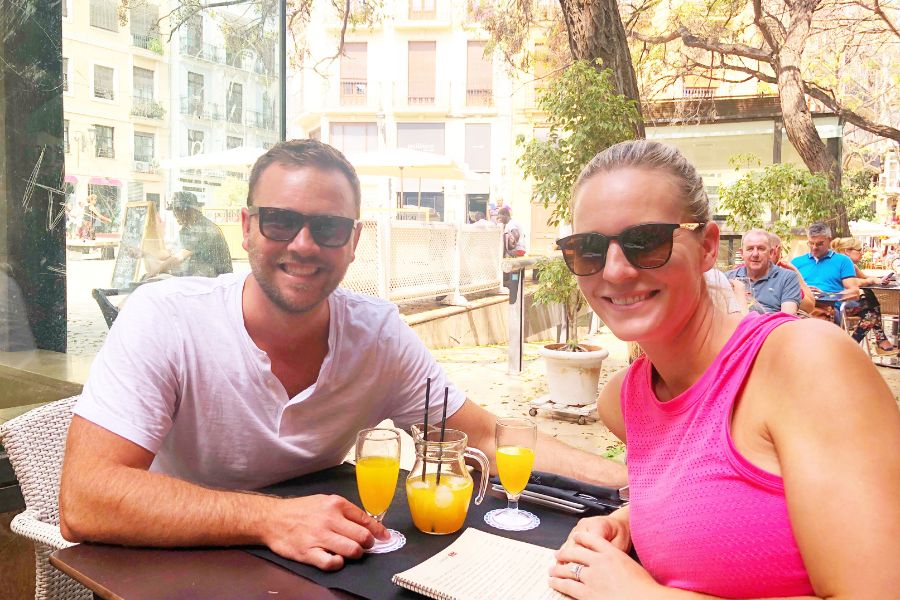
Day 5: Valencia
Visit the City of Arts & Sciences
Start your morning with a visit to The City of Arts and Sciences (Ciudad de las Artes y las Ciencias), a futuristic architectural complex that has become an iconic symbol of the city and Spain. It is situated at the end of the former Turia Riverbed, which was converted into a vast park (Turia Gardens) following a catastrophic flood in 1957. The complex stands as a modern oasis and serves as a cultural and educational center promoting science, technology, and the arts through exhibitions, shows, and educational programs.
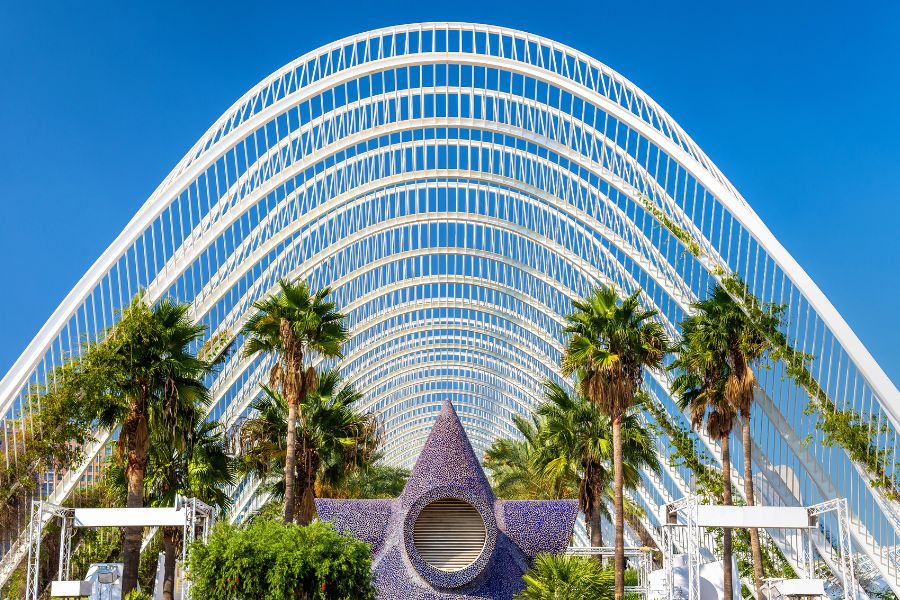
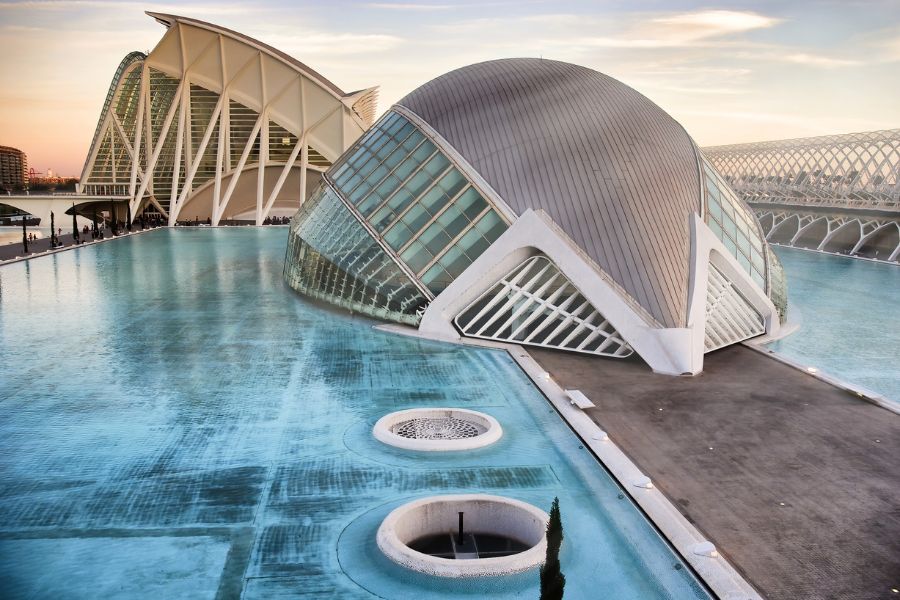
Relax at the Beach
Wind down in the afternoon and take advantage of the almost 20km of sandy beaches in, or near, Valencia. The most convenient beach to the city center is El Cabanyl Beach (or Las Arenas Beach) and can be reached by tram or bus within 20 minutes. Another beautiful stretch of beach to the north of El Cabanyl is La Malvarrosa Beach.
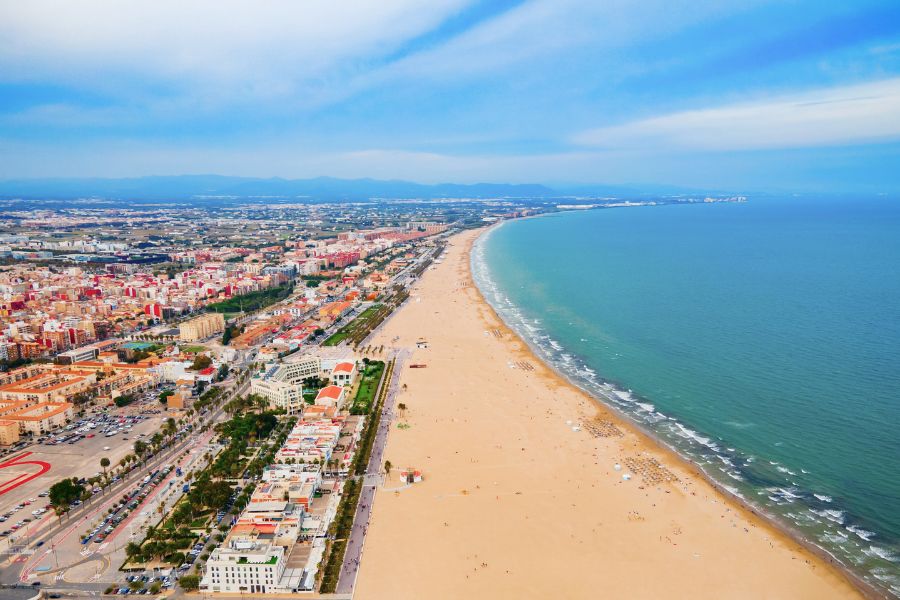
Finish your day off in one of the many beachside establishments for dinner and remember, this is the birthplace of Paella!
Day 6: Madrid
Madrid, the dynamic capital of Spain, is a bustling metropolis renowned for its rich history, art treasures, lively culture, and vibrant nightlife. You can spend days taking in the wonderful museums of Madrid, exploring the many different architectural styles, or relaxing in one of the many green spaces. Madrid offers a diverse culinary scene, with traditional Spanish dishes and tapas in the many tavernas.
Getting There
Train:
As previously mentioned, train is the most economical and sustainable way to travel throughout Spain. The train from Valencia to Madrid takes approximately 2 hours. Check Omio for train schedules and to book tickets.
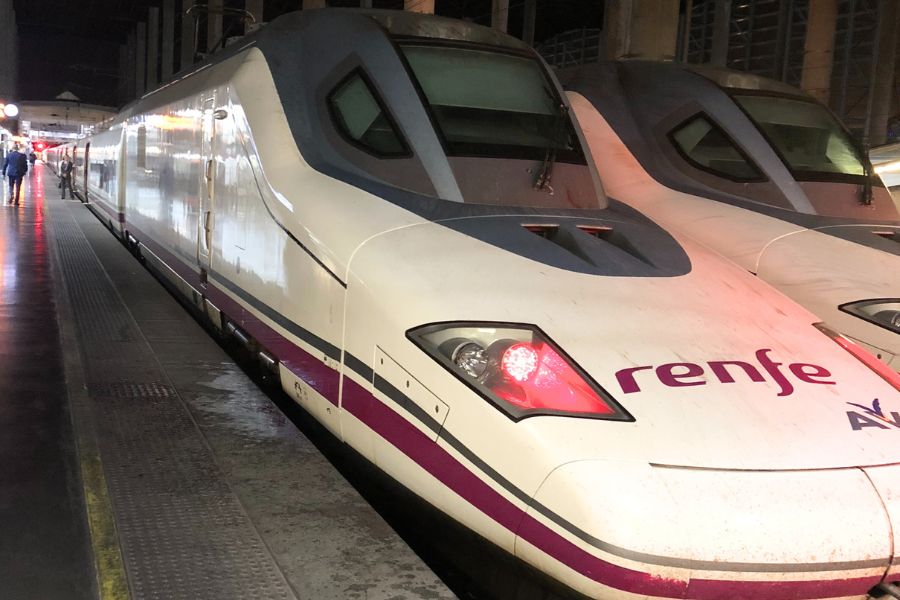
Plaza Mayor
This expansive square is one of the most recognizable landmarks in Madrid and dates back to the 17th century. Located in the heart of the Old Town, this is a great place to start your exploration of this city (and return to later for it’s lively restaurants and shops!).
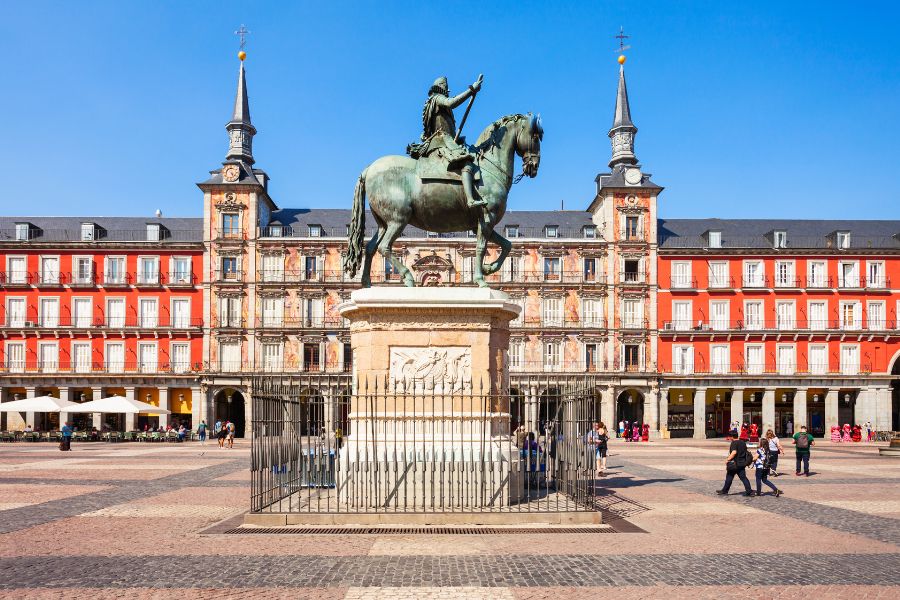
Mercado de San Miguel
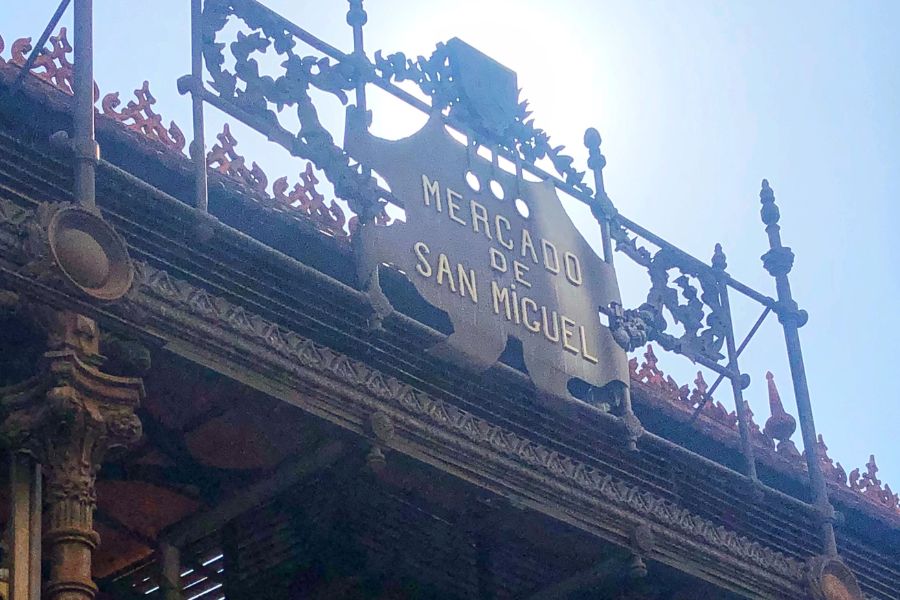
Mercado de San Miguel, adjacent to Plaza Mayor, is a food market where you can find a wide array of gourmet food stalls offering traditional Spanish delicacies, such as tapas, seafood, meats, cheeses, and pastries, as well as a selection of wines and other beverages. It’s a must-visit destination for food enthusiasts exploring Madrid. Ryan’s recommendation, try the calamari sandwich!
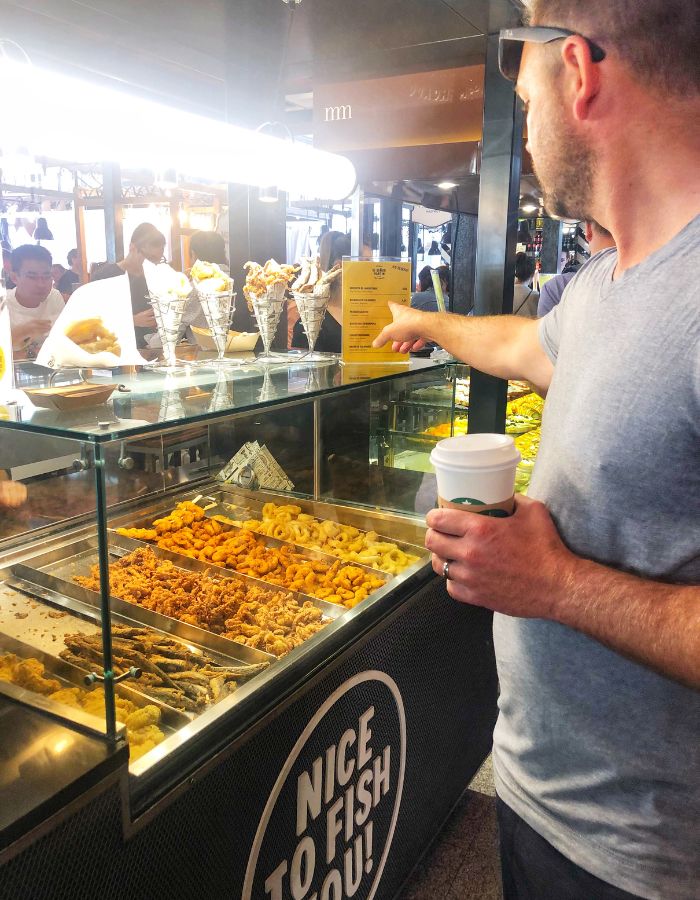
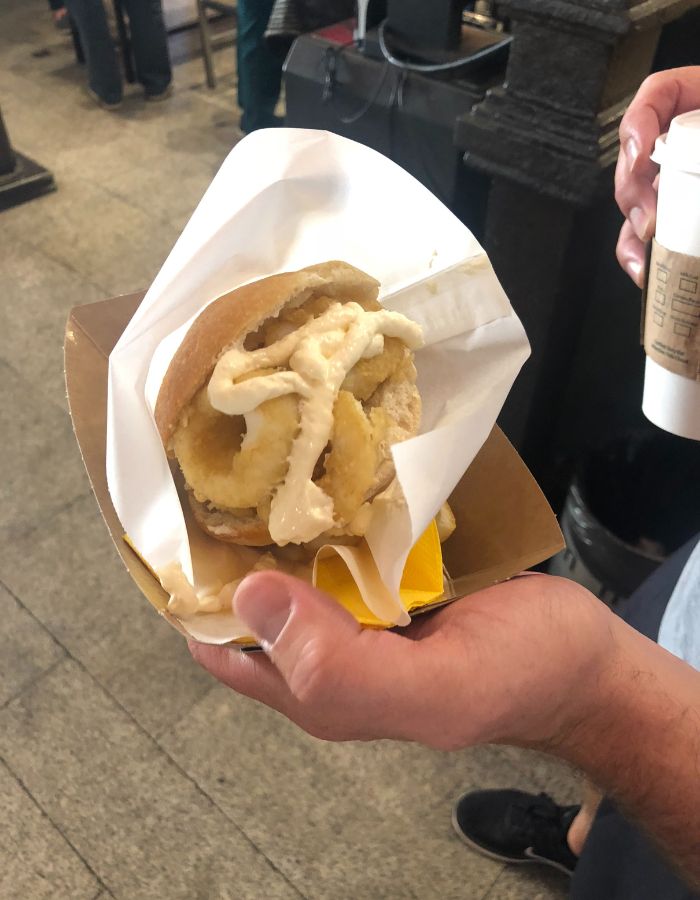
Palacio Real de Madrid
Palacio Real de Madrid (Royal Palace) is the official home of the Spanish Royal Family, however it is now only used for state ceremonies. It remains the largest Royal Palace in all of Europe! We recommend booking your tickets in advance as they do restrict daily visitors. Admission is free from 5pm – 7pm, Monday – Thursday, however you must arrive one hour before closing.
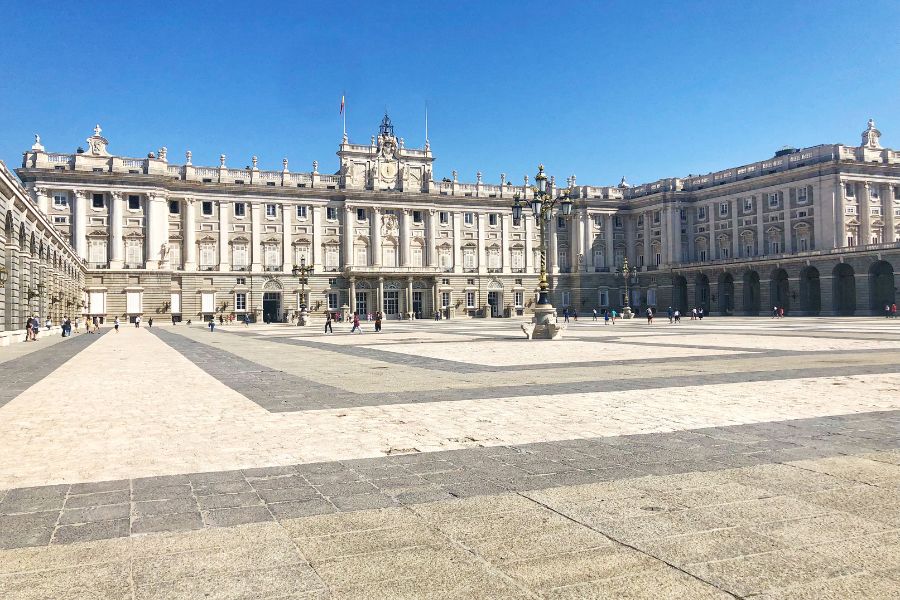
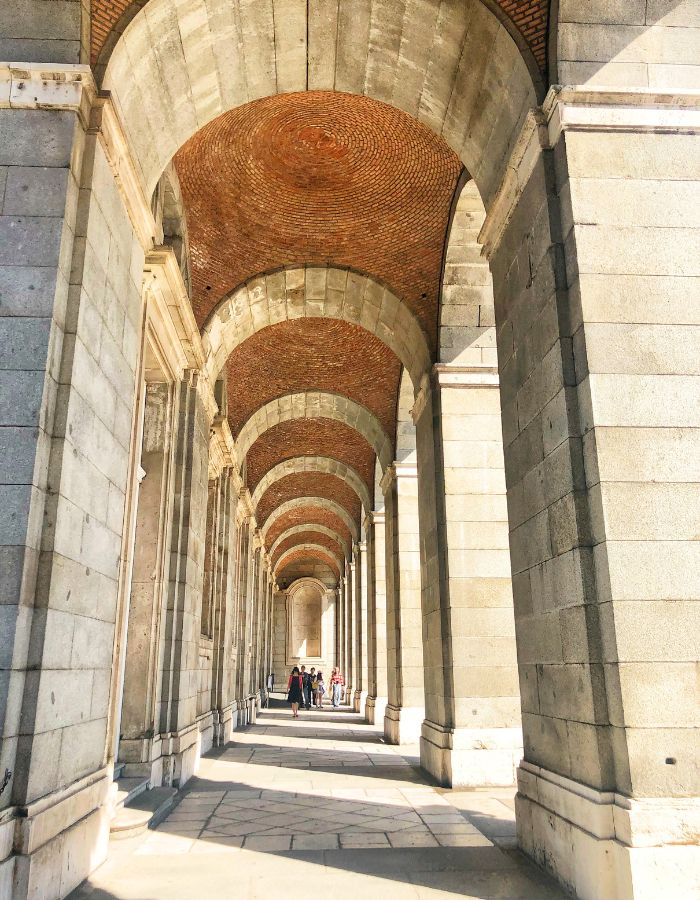
Almundena Cathedral
The Almudena Cathedral (Catedral de la Almudena) is located near the Royal Palace and has an appeal that pulls you inside! Construction began in the 19th century, however completion was not until it was consecrated by Pope John Paul II in 1993.
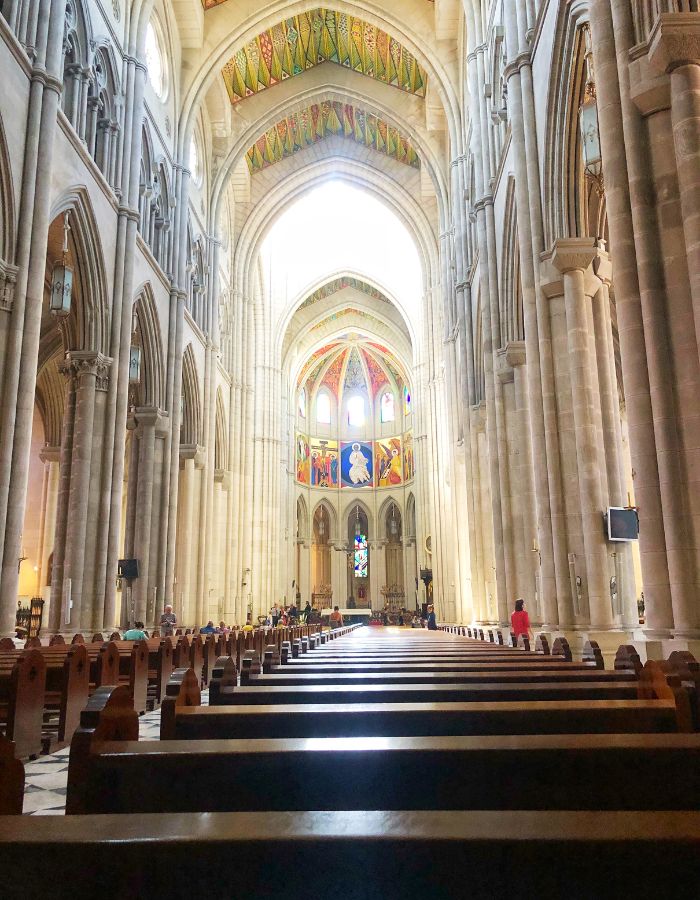
Dinner in Old Town
Cobblestone streets lined with centuries-old buildings lead to the lively taverns of Old Town! Embrace the atmosphere and rich culinary heritage of Madrid as you mingle over plates of tapas and sip on sangria to cap off the night!
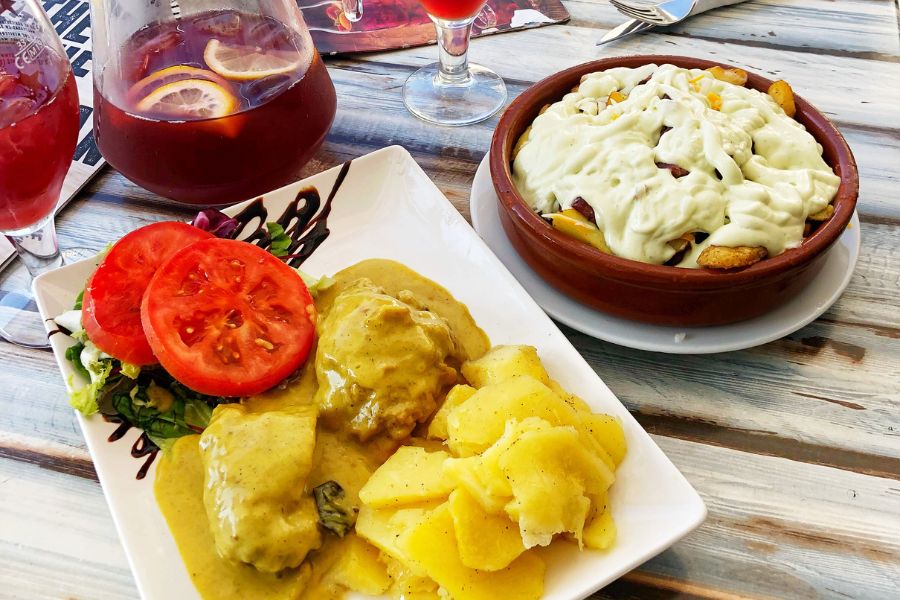
Day 7: Madrid
Museo Nacional Centro de Arte Reina Sofia
Spend the morning at one of Spain’s premier art museums, Museo Reina Sofía, and the extensive collection of 20th century art. You will find a particular focus on Spanish artists such as Pablo Picasso, Salvador Dalí, and Joan Miró. However, it also features works by international artists like Francis Bacon, Mark Rothko, and Alexander Calder. Perhaps what it is most known for is Picasso’s “Guernica”, a breathtaking anti-war painting depicting the bombing of the Basque town of Guernica during the Spanish Civil War. Photography of the Guernica is not permitted.
El Retiro Park
Take a stroll through El Retiro Park. With 125 hectares of beautiful gardens, fountains and monuments, this park is a favourite of locals and tourists alike. Renting a small row boat in the park’s small lake is well worth it!
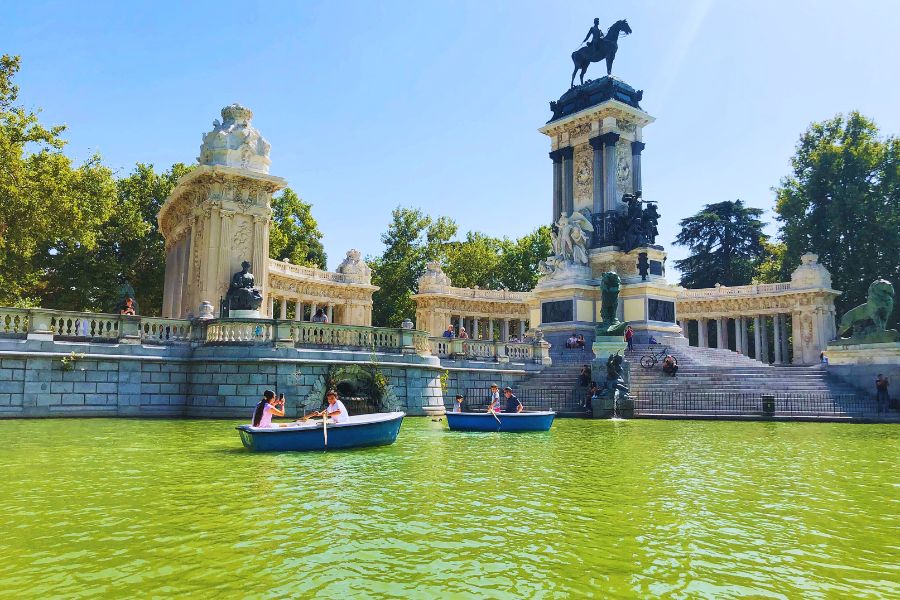

Tapas Tour
Cap off 7 days in Spain with a local Tapas Tour! With Locals has fantastic culinary tours that take you to local hot spots that you would otherwise never find. Our guide took us to at least 5 different restaurants to try the local cuisine and gave us the fascinating history of how tapas came to be. Spoiler alert: Tapas are often free! This doesn’t always happen in the tourist areas and varies from region to region but it really helps to have a local with you to know where to find them. We even had the chance to experience a packed local bar with a football match playing. An experience we will never forget!
